Russian North stories. Kirillo-Belozersky monastery. PART II.
As I promised, I continue the story about the Kirillov Monastery.
The first part of this story. Russian North stories. Kirillo-Belozersky monastery.
Last time I showed the walls and towers of the monastery. These grandiose buildings are the largest of all Russian monasteries and even of most Russian cities.
These walls showed themselves in 1612, when the monastery was attacked by Polish troops. Under their onslaught fell Vologda, Belozersk, Totma, Sol'vychegorsk. Kirillov Monastery did not give up. Having sustained six years of siege, having lost more than a third of the defenders and greatly impoverished, the monastery survived from plunder.
The population of Belozersky Krai by 1617 was reduced by almost 90%.
Today we will pass through the walls and find ourselves in the courtyard of the monastery.
We will enter the monastery from the lake through the so-called water gate. Above them flaunts the church.
This is the Church of the Transfiguration, built in 1595. The church was built by local masters under the supervision of the elder Leonid Shirshov.
We pass under the church and we are inside the monastery.
Before us is the bell tower. This building is already a later time (1757-1761).
It fits perfectly into the architectural ensemble, but it does not look very interesting. The bell tower can be climbed and viewed from a height.
On the one hand, the bell tower offers a beautiful view of the Siverskoe lake, on the other hand - the Assumption Cathedral.
The most important and old building of the monastery is the Assumption Cathedral - the first stone church of the monastery and one of the first stone buildings of the Russian North. It was built in 1497.
The artel was occupied by the Rostov masters. 20 bricklayers and "wallers" led by Prokhor of Rostov - during one summer season (5 months) erected a stone cathedral church.
When I went to the Assumption Cathedral, I was met there by a museum worker. She accepted the entry fee and issued a ticket. I started a conversation with her. When I said that I came from Kostroma, she told me that the painter Lyubim Ageev was engaged in painting the cathedral.
It is very interesting and unusual to meet the history of our native land in distant travel. It turned out that Lyubim Ageev was engaged in painting not only in the Kirillo-Belozersky monastery, but also in the Assumption Cathedral of the Moscow Kremlin.
Yeepnikov Joakim Ageev, nicknamed Ljubim Ageev, comes from the village of Shunga, located 4 versts from Kostroma on the left bank of the Volga, on the old road to Lyubim and Yaroslavl.
In general, it is worth remembering Guria Nikitin as well - this can be said, the second most important after Andrei Rublev Russian master of icon painting and fresco.
And now, I'm already approaching the Assumption Cathedral. And under my feet lie stone plates with letters. Getting closer, I understand that these are gravestones.
Tombstones at the end of the XVIII century was paved with a path leading from the church of the Archangel Gabriel to the Assumption Cathedral and the Archimandrite Corps. The description of this "pavement" is given by many travelers who visited the Cyril-Belozersky monastery at the end of the XVIII - the beginning of the XX century.
KM Borozdin describes it most in detail, who in 1809 traveled to the northern part of Russia and visited the Kirillo-Belozersky Monastery. "... In another monastery, after examining the cathedral church - the Assumption Cathedral, Borozdin went to the abbot, from which there was a road lined with slabs to his cells." Borozdin noticed that all the plates with carved inscriptions on them. for the plates, he received in response that they were stones taken from old tombstones.Reviewing them more closely, he saw several stones with names belonging to one of our famous and rich families.When he came to the abbot, Borozdin started talking about plates and, explaining about the indecency like On the return journey, Borozdin had to pass through the same monastery, he drew attention to the road from the cathedral to the abbot's house and found that the inscriptions had all been carefully ironed out. "
Source
The above-described "pavement" of gravestones was discovered in the Kirillo-Belozersky monastery in 1995 as a result of work on cutting the soil near the Assumption Cathedral, the Church of the Archangel Gabriel and the bell tower. The length of the "bridge" is 24 meters, width - from 2,6 to 7,8 meters. In the "pavement" more than 130 gravestone slabs of colored boulder stone and flagstone, which in the process of primitive processing have acquired a rectangular, trapezoidal or oval shape.
to be continued
My Russian north stories. 2018.
Russian North stories. Kirillo-Belozersky monastery.
The best trip when vehicles change on a trip
How it all began or the road to the Russian North
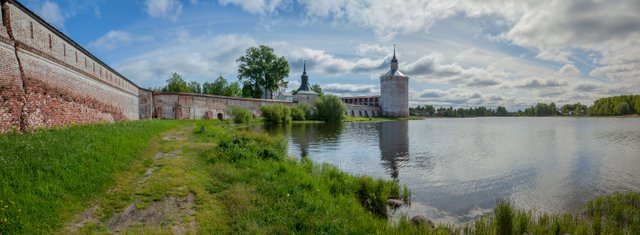
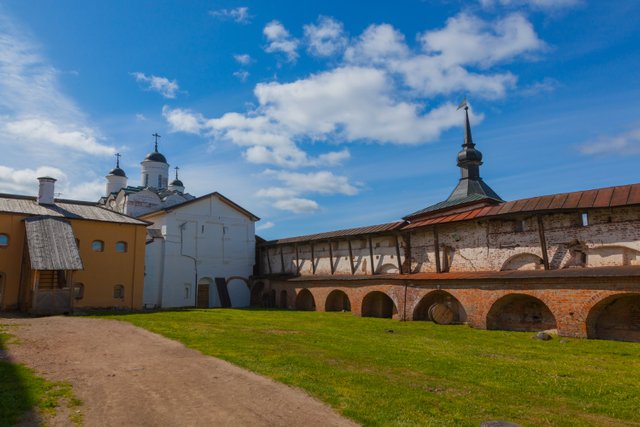
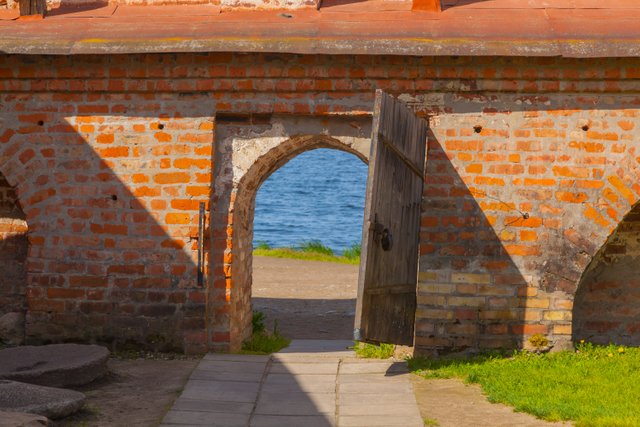


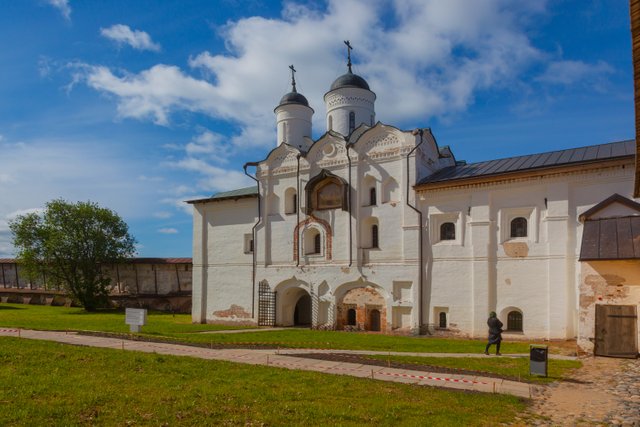
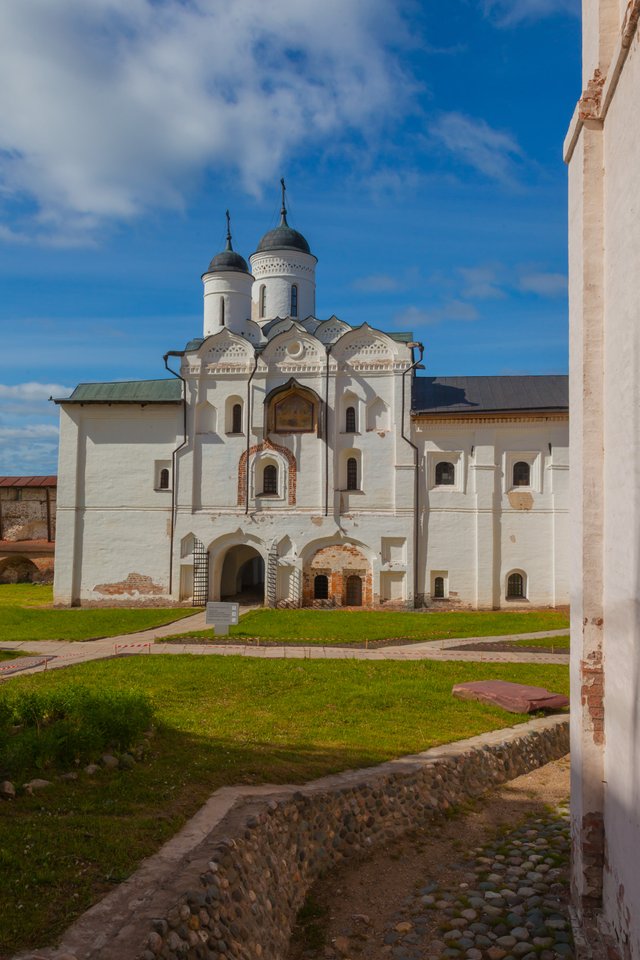
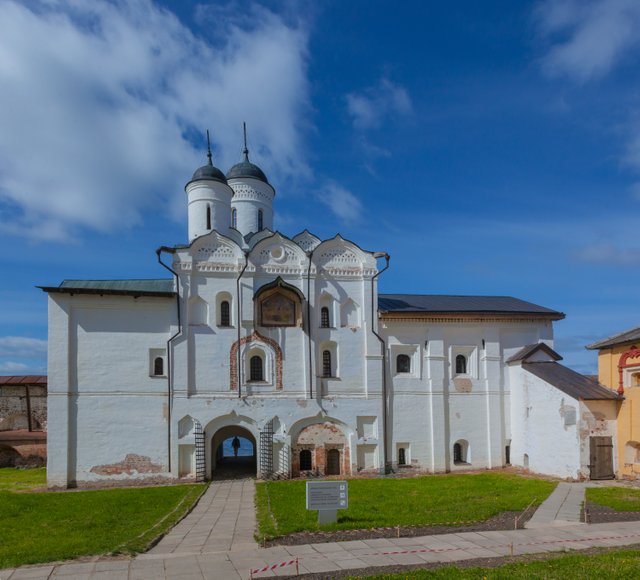

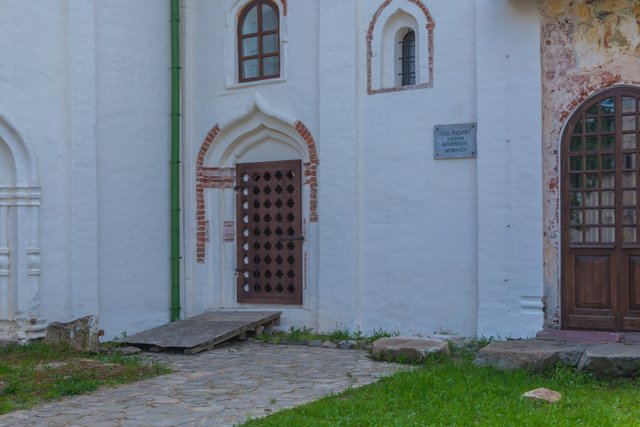
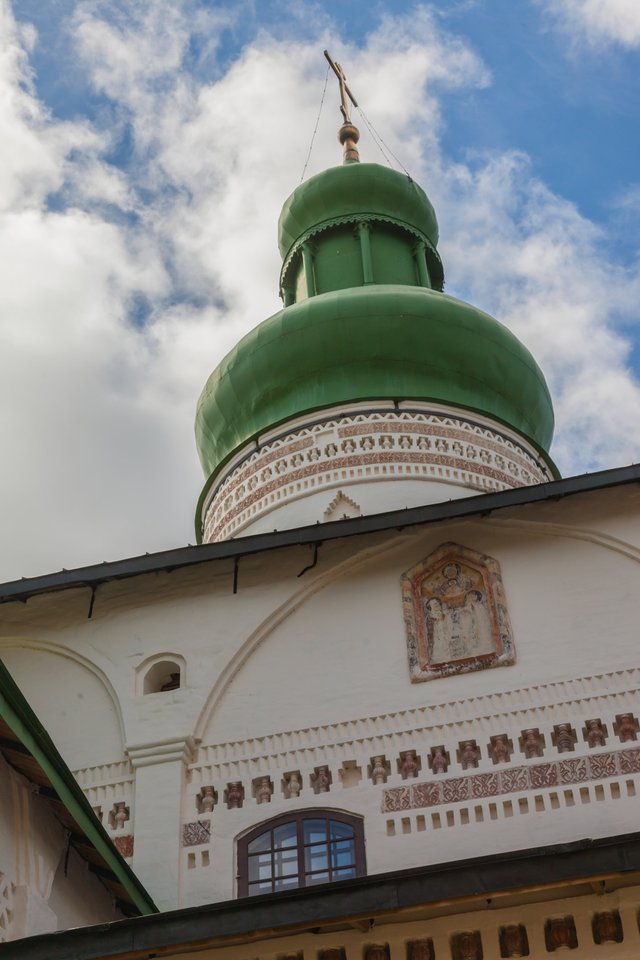

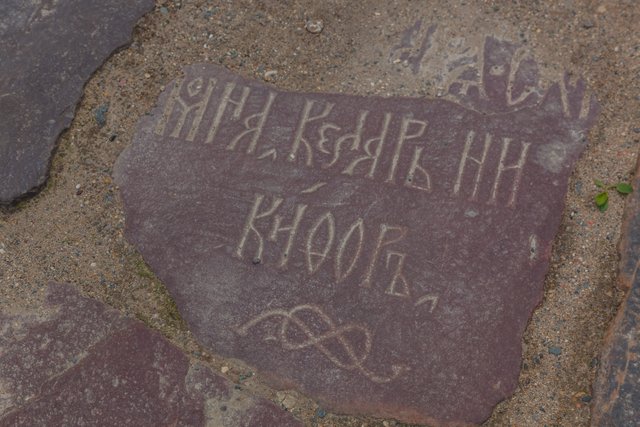

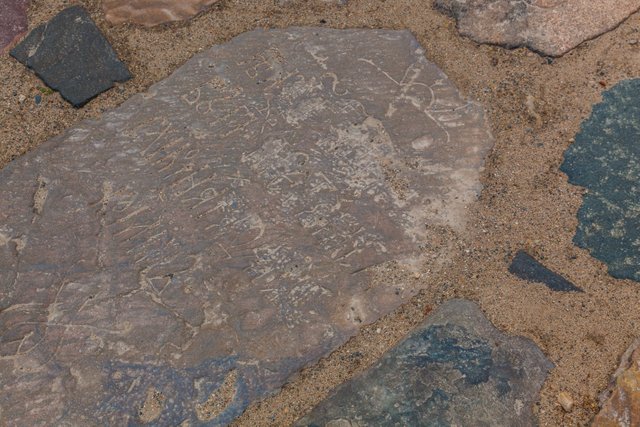

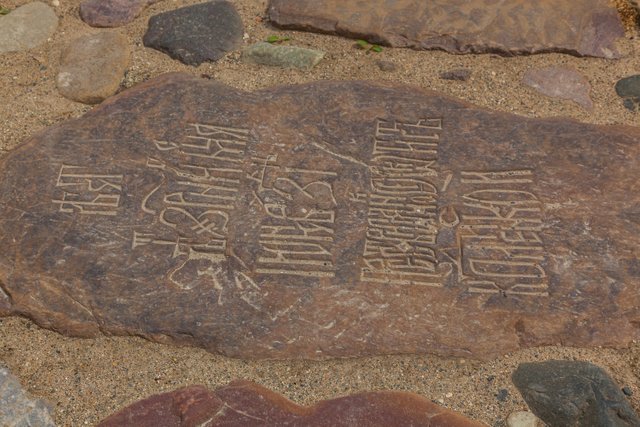
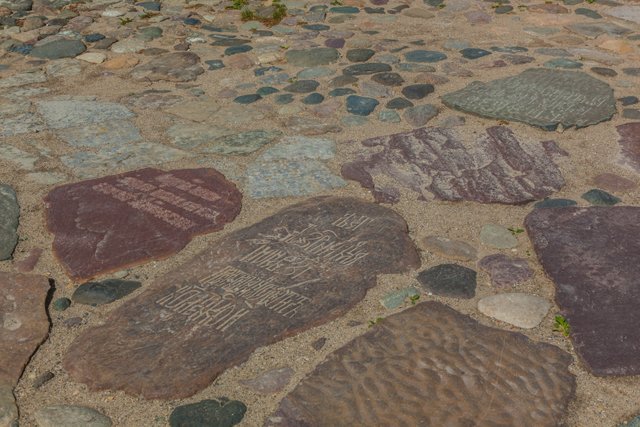
Thank you for showing this beautiful building and architecture. So much history there.
Glad you like it :)